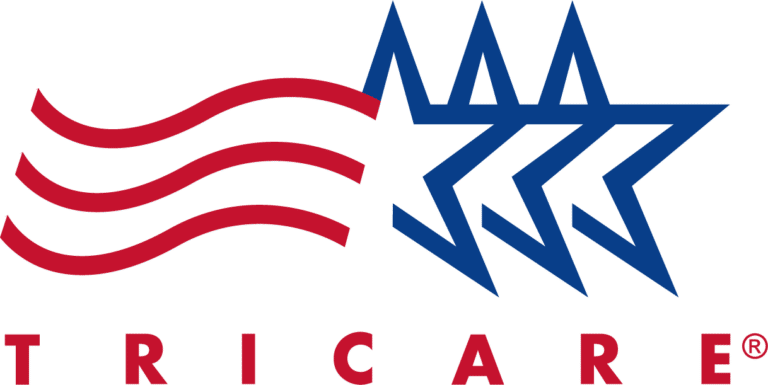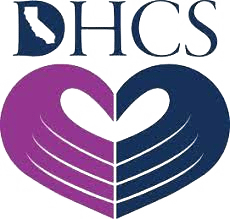In 2018, studies suggest that almost 10 million people misused prescription painkillers. Diving a little deeper, researchers have found that 8%-12% of people who misuse opioids go on to develop a disorder and 4%-6% of people who misuse prescription opioids transition to heroin.
What these numbers demonstrate is that the road to an opioid use disorder often starts with trying to manage pain. This means that, for many, addressing an opioid use disorder also means that they have to find alternative solutions for their pain
As addiction specialists, we understand the insidious nature of this disease and how any misstep can send you backward. Under the expert direction of Dr. Daniel Headrick, Tres Vistas Recovery offers the tools you need to face most any challenge during recovery, including managing your pain without putting your sobriety in jeopardy.
Here’s a look at how we can keep your recovery on track and your pain in check.
A risk for any addiction
If you’re dealing with an opioid use disorder, it’s fairly clear that turning to that same drug to relieve your pain is dangerous since it triggers a host of physical, mental, emotional, and behavioral reactions.
It’s important to note, however, this holds true for other substance use disorders as the results are much the same when it comes to the effects on your brain. With addiction, your brain’s neural pathways change in a way that favors use, which is what creates those uncontrollable cravings and the inability to just quit using.
Unfortunately, these pathways can be fired up at the slightest provocation, even with a drug that didn’t necessarily play a role in your substance use disorder. What this means is that managing pain with painkillers is a challenge for anyone who already has addiction issues, regardless of their drug of choice.
And this problem isn’t just one in early recovery. Your addiction can lie in wait for years and come alive again when you introduce a substance that reignites those old pathways in your brain.
Pain management solutions
Whether you arrived at addiction while trying to manage your pain or you’re trying to manage unrelated pain in recovery, we want to assure you that there are solutions.
For example, we can turn to some of the medications we use to help with opioid addiction, including Subutex®, Suboxone®, and Sublocade®, which all contain buprenorphine. This ingredient acts as a pain reliever, but it’s combined with an opioid antagonist, naltrexone, which prevents you from experiencing the “high.” With this approach, we can address your pain without triggering the neural pathways associated with your addiction.
We want to point out that we recommend buprenorphine if your pain is significant and there’s no other recourse. When you misuse opioids, your body builds up a higher tolerance toward the drug, which means you have to take more to achieve the same pain-relieving effect.
After you detox and establish a clean slate in your body, you may find that your pain responds better to non-opioid medications, as well as alternative therapies, including:
- Acupuncture
- Physical therapy
- Massage therapy
If you’re using pain as an excuse for continuing to use or relapsing, we urge you to reconsider. Through our pain management programs, we can help you get clean AND lead a pain-free life, in almost every way. To get started, contact our office in San Juan Capistrano, California.














